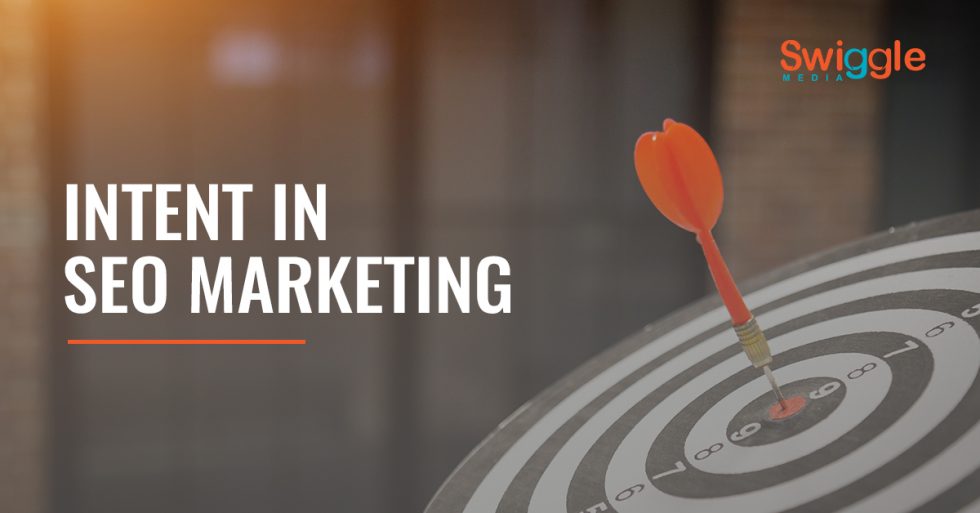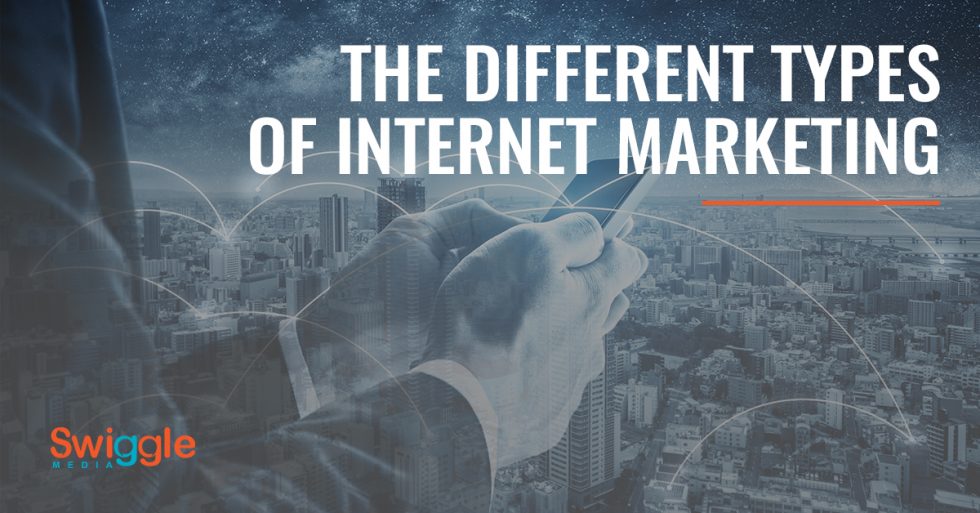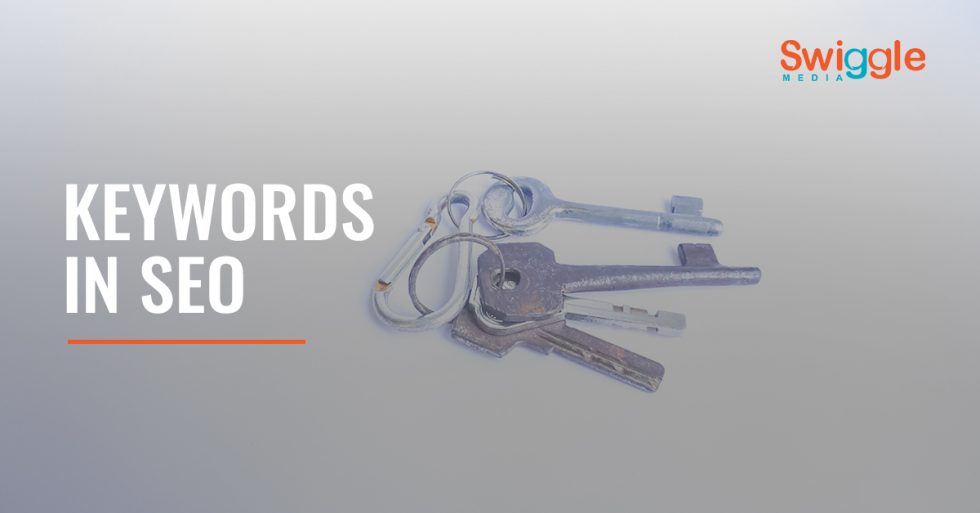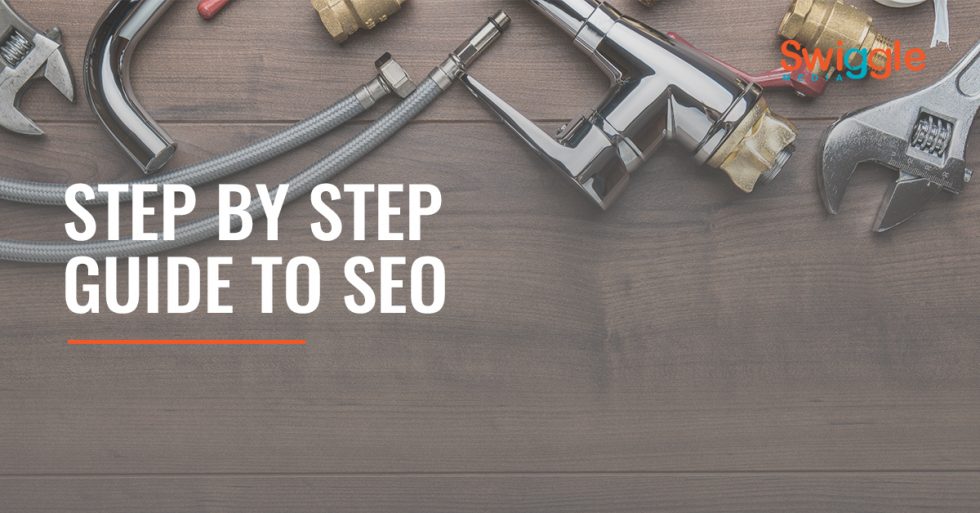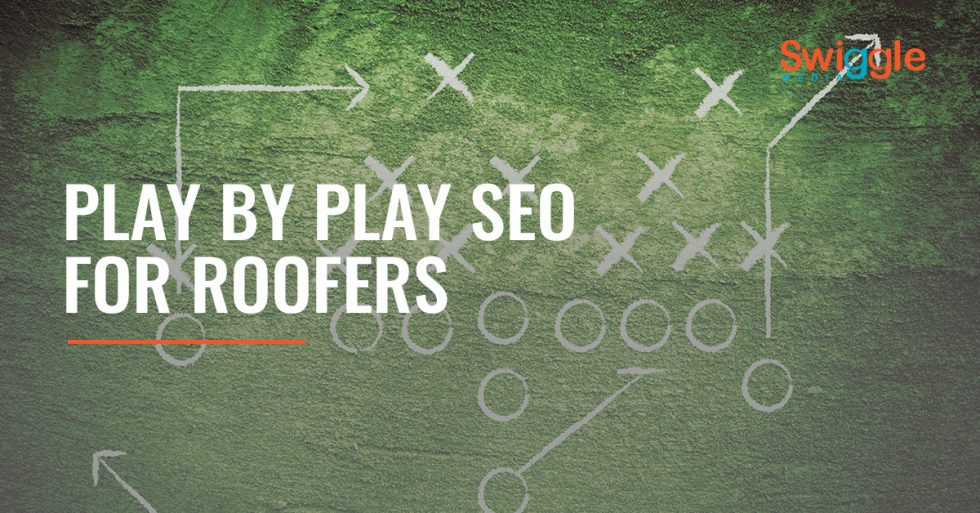Behind every search, is an intent. The general intent is to find answers, but it’s the type of answers that SEO experts need to figure out in order to help rank a website.
If you read our “The Importance of Keywords in SEO” article, you’ve probably been exposed to the concept of keyword intent.
Keyword intent is a method used to understand the motive behind a user’s searches and eventually lead those searches to your site. Keywords are placed in a website to raise it’s rank in a search engine so users will see your site naturally. This creates organic traffic.
There’s another type of intent that not many people take into consideration.
SERP Intent
It’s sad to say but keyword intent just isn’t enough anymore. It’s easy to come up with a list and assume a user’s intent when using a search engine. There’s something that’s not easy to assume, however.
What the search engine’s intent is
Let’s say your site sells organic hair products and you want to write an article on “how to dye my hair”. Suddenly, someone searches for exactly that. If search intent is your only focus, you won’t rank high despite matching all the keywords.
Why is that?
Search engines like Google know the true intent behind a search and often times lift a site up in the ranks because it matches the true intent rather than the search intent. If 21,000 people that month searched for “How to dye my hair… blonde” than regardless of if someone types those last two words or not, Google will route them to those sites. This is the Search Engine Result Page Intent (SERP).
In order to truly rank in search engines, your perception of search intent has to match Google’s.
Google’s algorithm is constantly changing and evolving and it’s all based on the behavior of its users.
When people search for “how to dye my hair”, a bunch of other options show up below it. These suggested options are there because these are searches that other users popularly search for. Google thinks for it’s users so that they can narrow down their search and discover their true intent. Because so many people click on “How to dye my hair blonde” Google assumes that’s what they want and suggests it to them. This ultimately pushes up content that contains “blonde” or other colors while pushing down content that doesn’t contain it, no matter how relevant.
Why is SERP intent important?
SERP intent is a process that builds content not based on keywords, but based on what Google believes is relevant.
Although keyword intent is important, it’s only the first step to achieving a strong SEO strategy. When SERP intent is brought into the mix, it enhances any strategy you’re trying to implement because:
- It allows you to understand what the searchers are actually looking for
- It enhances your keywords to target a searcher’s true intent
- It narrows down the type of content you need to create
Creating keywords using both search and SERP intent can often lead to a large pool of words and phrases that can be overwhelming to work with. There are a number of ways to narrow down to a more precise keyword for your content but the easiest way is to simply count the results. Go to the SERP of any of your keywords (typically just the first or second pages) and count the intent types that Google has ranked the highest.
For example. For the hair dyeing search, you can count the amount of results with the phrase ‘blonde’ in them and then count how many there are with more specific keywords such as:
- How to dye my hair blonde… without bleach?
- How to dye my hair blonde… without damaging it?
- How to dye my hair blonde… from black
- How to dye my hair blonde… at home?
When you count exactly how many results show up for each search, it will show you what Google believes people are looking for when they want to dye their hair blonde. When you narrow it down and see that “How to dye my hair blonde without damaging it?” is the most popular result, you can look back on your article and add content about bleach damage, preferably in the page title. This will rank your site higher because suddenly, your content aligns with what Google wants to show searchers.
Page Titles
Page titles are a crucial part of a great SEO strategy. They’re both a ranking factor for algorithms and they influence real life behavior in the SERPs.
An SEO page title is an HTML element that classifies your chosen keyword as the Page Title. It shows up as the blue segment on a SERP that links directly to your site after you click on it.
The reason why they’re so important is because it’s the first thing anyone sees before even entering your page. This ultimately increases (or decreases) the Click Through Rate (CTR) of a page in the SERPs, which is another ranking factor.
Page titles shouldn’t be over 60 characters. Most search engines will display 50 to 60 characters based on the search device. If your title is about 60 characters, you can assume that at least 90% of your title will display properly.
SEO Page Title Writing
There is no perfect way to write a page title but there are elements that have to be included in it to entice someone to visit it.
Your page title needs to include:
- Primary Keyword- This is the basic short-tail keyword that generally describes your site
- Secondary Keywords- These are more specific details keywords that describe the page
- The name of your site- This can be the name of your company or if you’re a content page, the name of your brand
Let’s go back to the hair dye example. Let’s say we’re trying to come up with a page title for the home page. Your company sells hair care products in Orlando. Your primary keyword would be Orlando Hair Care because it encompasses what your company is about.
The secondary keyword needs to be more specific and describe your primary keyword better. Options for this company would be
- Orlando Hair Care Specialists
- Hair Care Specialists
- Color Specialists
- Hair Consultants
- Best Color Specialist
- Local Hair Care Specialists
Just to name a few. To narrow things down, don’t be repetitive. In your primary keyword you already have “hair” and “care”. The words you don’t have are: color, specialists, consultants, best, and local.
Let’s call the name of your brand Luminous.
Your title could look something like this:
Orlando Hair Care – Color Specialists | Luminous
Now this will certainly drive your page up in ranking but it needs to be more enticing. You want clicks!
Drive Clicks
Using descriptive words is a great way to boost clicks. Verbs can also make users want to engage while also keying them in on what you have to offer.
If your site has a store, use words like buy and shop. If it’s informational, use words like learn, find out, and visit.
Further enticement comes from urgency. You can use words like free, discounted, or limited. For a hair care spot, you can achieve a sense of totality in users and bring them in that way. “Total Hair Care” makes a potential customer feel as though your site is where they can find everything they’re looking for.
If we use these tactics for the hair care site, the page title can look like this:
Orlando’s #1 in “Total Hair Care” – Free Consult [Luminous]
If you noticed, we used another tactic. We added special characters like #1, quotes, and brackets to help break up the monotony and capture the user’s attention better. We also removed the word color. If we had kept color, it would have limited the sense of totality that “Total Hair Care” provides the consumer. It also keeps us within our character count.
This arrangement for page titles can be switched around and changed based on the type of site, page, or product, as long as it has all the elements.
Like I said before, there’s no perfect way to write a page title that aligns with SERP intent, but this is a great place to start.
